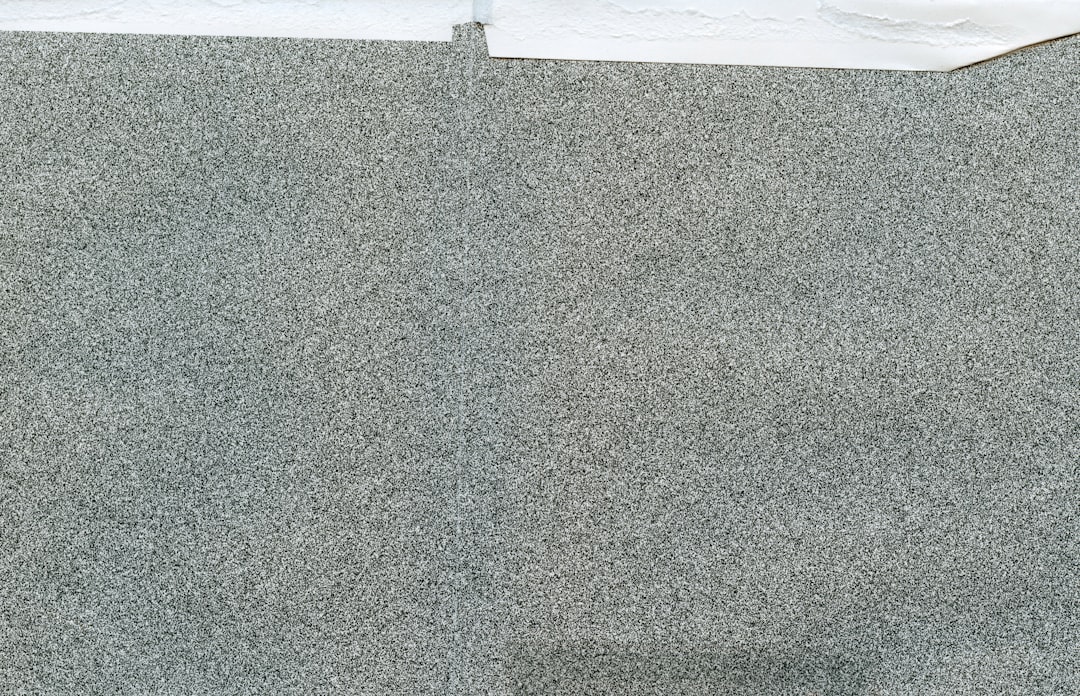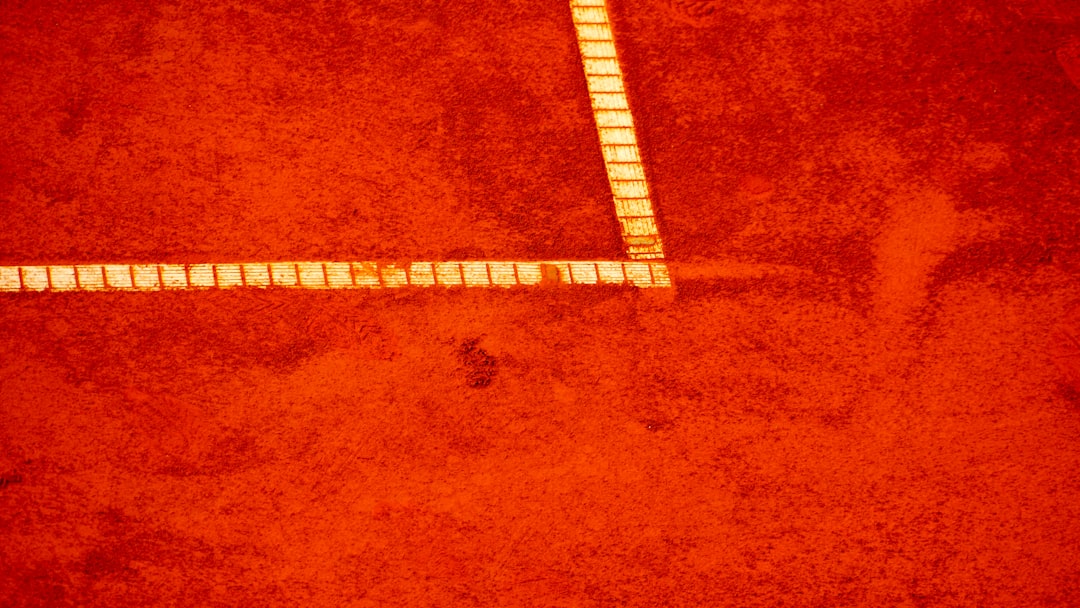

Engage prospects with a scan and streamline customer engagement with FREE QR code marketing tools by Sona – no strings attached!
Create a Free QR CodeFree consultation

No commitment

Engage prospects with a scan and streamline customer engagement with FREE QR code marketing tools by Sona – no strings attached!
Create a Free QR CodeFree consultation

No commitment
In today's digitally driven world, QR codes in marketing have evolved from a novelty to a powerful strategy for connecting offline engagement with online action. For carpet measuring services businesses, QR codes offer a seamless and effective way to streamline service requests, improve measurement accuracy, and accelerate the path from showroom visit to sale—without requiring extra apps or complicated onboarding.
Many traditional carpet measuring services still rely on printed brochures, handwritten forms, and manual sign-up sheets, resulting in inefficiencies and missed opportunities. The inability to effectively track or follow up with high-value leads remains a significant challenge, leading to missed revenue. By adopting QR codes, businesses can replace outdated processes and empower both customers and staff to access pricing, measuring guides, or book appointments from any device within seconds.
Embedding QR codes at every stage of the carpet measuring journey helps businesses boost lead quality, capture new engagement signals, and unify a customer's offline and online interactions. This results in more efficient operations and measurable growth.

Carpet measuring services frequently struggle with costly manual errors, incomplete records, and frustration over missed follow-ups, particularly when prospects never submit a form or their interest goes uncaptured. QR codes enable teams to close these gaps by connecting physical and digital experiences, ensuring every customer interaction is trackable, actionable, and easy to complete in the moment.
A thoughtful deployment starts with mapping the journey from first interest to booked measurement and then placing QR codes at high-friction steps. Replace analog bottlenecks with scannable entry points to digital tools. The result is a consistent flow of accurate data, fewer scheduling delays, and a measurable lift in show rate and conversion to sale.
For example, a flooring showroom can attach QR codes to each carpet display that launch a self-serve pricing estimator. Every scan captures interest in specific SKUs, triggering an automated follow-up email with a measuring checklist and a calendar link. In the field, a mobile specialist can hand out QR-enabled cards at community events to capture leads on the spot, automatically routing them to the nearest project estimator. Modern platforms like Sona QR automate these workflows and integrate with popular CRM tools, turning anonymous interactions into actionable next steps.

Carpet measuring services operate in a world where precision and timely follow-up determine whether a lead becomes a booked appointment. Offline-to-online transitions are frequent but often invisible. Visitors handle sample boards, ask for measuring tips, and leave with brochures. Without a direct digital connection, many high-intent moments fade unnoticed. QR codes transform those moments into measurable engagements and reduce friction so prospects can act immediately.
They also address the resource constraints of local flooring businesses. Teams can scale their expertise through QR-linked education while maintaining a continuous line of sight from first interest to closed sale. By standardizing destinations and how engagement is captured, your organization gains consistent data to prioritize outreach, allocate marketing spend, and anticipate demand.
QR codes on appointment reminders, promotional materials, and showroom signage transform one-way marketing into two-way engagement. Teams can monitor buyer journeys and respond while interest is still high, leading to better appointment rates, fewer no-shows, and more effective sales conversations.
Carpet measuring services work with a wide range of customers, from homeowners planning a single room to commercial property managers scheduling multi-site jobs. Different QR formats suit different intents, so it is important to choose formats that streamline the action you want customers to take.
Dynamic QR codes add flexibility with trackable URLs and editable destinations. If a campaign changes mid-season, you can redirect scans without reprinting. Static codes are sufficient for evergreen destinations, such as a printable measuring guide. Knowing when to use each type helps you control costs and maintain agility.
Dynamic QR codes enable engagement tracking, ongoing A/B testing, and segmented audience building for follow-up. This helps your team move from generic outreach toward data-driven personalization that matches customer intent.

Growth in carpet measuring services is often held back by missed or untracked leads from both residential and commercial customers. By placing QR codes at every point where curiosity sparks, you convert passive interest into measurable, high-intent actions. Use scan data to see which environments or media produce the best leads, then scale those placements.
Focus on your busiest environments and moments. Displays, flyers, invoices, and vehicle wraps all exist in high-visibility spaces with motivated prospects. Each placement should connect to a clear outcome such as booking, quote request, or education to ensure every scan is purposeful and aligns with your funnel.
This omni-channel approach meets customers where they are and reveals which placements and messages generate the highest quality leads. Over time, you can reduce spend on materials that underperform and invest in channels that consistently drive revenue.

High-intent prospects often slip away due to friction or a lack of immediate digital next steps. QR codes resolve this by creating clear entry points—on displays, in mailers, on trucks, and in the home. When every physical touchpoint includes a one-scan digital action, your conversion rates improve.
The best use cases closely map to your most common customer interactions. Align each QR action with a clear outcome and keep the destination focused. If a customer is scanning a display, emphasize education or a quote. If they are scanning an invoice, prioritize feedback and referrals.
These use cases drive higher engagement and reveal where buyers are in their journey. By analyzing each touchpoint's performance, you can refine calls to action, streamline form fields, and route the most promising leads to your top reps.
Many carpet measuring providers spark initial interest but lose track of prospects when the transition from in-person encounter to digital follow-up is unclear. Every unique QR scan is a signal you can act on. By deploying differentiated codes across your touchpoints, you automatically capture intent, context, and timing that can be used to build high-value retargeting segments.
Segmentation is most powerful when tied to customer context. Residential shoppers who scan a measuring guide need different nurturing than commercial property managers scanning a volume calculator. Likewise, someone scanning a vehicle wrap on a Saturday has different urgency from a showroom visitor on a weekday.
With Sona QR, each code becomes a smart intake point for your funnel. You benefit from real behaviors instead of assumptions, which reduces wasted impressions and increases conversion from scan to scheduled measurement.
Fragmented marketing is a common challenge for carpet measuring businesses. Print efforts, social media, and in-person consultations often operate in silos, making it difficult to gauge what actually drives revenue. QR codes act as connectors, unifying offline surfaces with online systems and enabling real-time engagement across every channel.
This integration is about more than convenience. It is a strategy for attribution. By placing unique QR codes on brochures, signage, uniforms, and vehicles, you can instantly track which assets and environments generate scans, form fills, and booked appointments. Over time, this allows you to measure lifetime value by source and confidently reallocate spend.
QR codes function as an offline on-ramp to your digital marketing engine. A centralized platform like Sona QR lets you manage all codes, monitor performance, and sync scan activity with CRM and ad tools, so every campaign contributes to a unified source of truth.
Getting from idea to measurable results requires a simple, repeatable process. Treat each QR campaign like a mini funnel: a specific audience, a specific intent, and a single action you want them to take. Align the design and placement with the environment and be explicit about the value of scanning.
Use these steps to plan and launch with confidence. Each step is tailored to carpet measuring services, from showroom signage to field-service invoices.
Clarity on the outcome shapes everything that follows. Choose one primary goal and avoid multiple calls to action per code. For carpet measuring services, common goals include booking an in-home measurement, collecting dimensions and photos, or gathering post-installation feedback.
Select static or dynamic codes based on your need for tracking and flexibility. When in doubt, use dynamic for campaign assets so you can update destinations and capture data in real time.
Start creating QR codes for free: https://www.sqr.me/register
Design influences scan behavior. Make codes easy to see, add a benefit-driven call to action, and ensure scanning works in real-world conditions. Consistent branding builds trust and signals professionalism.
Bring the campaign to life where your audience encounters your brand. The most effective placements align the customer’s physical context with your intended digital action.
Treat measurement as an ongoing discipline. Compare performance across placements, adjust messaging and design, and refine form fields to reduce abandonment. Share insights with your sales and operations teams to turn learnings into revenue.
The real value of QR codes appears when engagement turns into measurable outcomes. Tracking must go beyond counting scans. Identify which codes led to booked appointments, which placements bring high-value customers, and how scans interact with search or social channels. This closed-loop visibility lets you refine your funnel and justify your marketing spend.
Modern platforms make this straightforward. With Sona QR, you can capture scan data such as time, device, and location, then sync that activity with your CRM. Sona, an AI-powered marketing platform, extends attribution by linking scans to known contacts using identity resolution and advanced models, revealing how QR engagement contributes to pipeline and closed revenue.
A data-driven approach enables continuous optimization. You prove ROI across offline and online investments, adjust campaigns in real time, and build budgeting models focused on high-performing channels.
Scaling QR initiatives demands clarity in attribution, consistent staff participation, and automation that quickly turns scans into next steps. The most successful teams standardize their process and treat each scan as a trigger for defined marketing or sales actions.
Prioritize reliability and relevance. Make it clear what a scanner will get and why it is valuable. Then back up creative with fast internal workflows. Strong follow-up is just as crucial as compelling content.

Carpet measuring services that thoughtfully integrate QR codes gain speed, accuracy, and visibility. These examples highlight how teams bring QR strategies to life in the field, the showroom, and the community.
Each example should end with a next step you can measure and a workflow that acts on it.
These scenarios show how QR codes convert passive attention into structured data and clear actions. With the right destinations and follow-up, you can steadily grow appointments, reviews, and revenue.
QR code campaigns falter when they misalign with customer journeys. Frequent missteps include placing codes where glare, distance, or motion make scanning difficult, sending scanners to vague homepages, or failing to train staff on how to encourage scanning.
To avoid these issues, plan from the field backward. Shadow your staff to observe customer behavior. Test scans in situ and refine copy to state the benefit. Tie each code to a short, specific action with a clear reward, such as a checklist, a confirmed appointment, or a discount.
QR codes are now integral to effective marketing and operations for carpet measuring services. By making every physical customer interaction scannable, traceable, and insight-rich, businesses can resolve challenges of lost leads, untracked interest, and incomplete data.
Whether guiding prospects with helpful measuring resources, capturing every booking opportunity, or surfacing hidden engagement signals, QR codes are the crucial link between offline moments and ongoing digital nurture. Every scan sharpens segmentation, accelerates follow-up, and clarifies ROI.
With a strategic approach to QR deployment, carpet measuring services can capture demand before it cools, turn every engagement into results, and lay the foundation for continual, measurable business growth.
QR codes have revolutionized carpet measuring services by transforming traditional, time-consuming processes into seamless, interactive experiences that drive accuracy and customer satisfaction. Whether it’s streamlining measurements, improving client communication, or enabling instant access to detailed floor plans, QR codes unlock new efficiencies and insights that elevate service quality and boost client trust.
Imagine providing your customers with instant, mobile-friendly access to precise measurements and project updates—eliminating guesswork and delays. With Sona QR, you can create dynamic, trackable QR codes in seconds, update measurement data on the fly without reprinting, and directly link every scan to project milestones and revenue growth. No more lost information or miscommunication—just smarter, faster, and more profitable carpet measuring services.
Start for free with Sona QR today and turn every scan into a seamless step toward accurate measurements, happier customers, and increased business success.
Use QR codes to launch digital measuring tools or checklists with guided inputs and required fields to reduce manual errors and ensure accurate data collection.
Digitize workflows with QR codes linked to measuring guides, enable instant education in showrooms, capture post-service feedback via QR surveys, and track every interaction with dynamic codes to improve accuracy and efficiency.
QR codes can be placed on digital receipts or post-service cards to collect satisfaction surveys and photo evidence, triggering alerts for issues and encouraging reviews and upsells.
QR codes streamline service requests, improve measurement accuracy, capture high-quality leads, enable instant customer engagement, reduce manual errors, and provide measurable data for optimizing sales and marketing efforts.
Place QR codes at high-friction steps to replace manual forms, use dynamic codes for tracking and updating content, automate follow-ups through CRM integration, and train staff to promote scanning for faster, more accurate bookings.
Dynamic QR codes are ideal for campaigns requiring tracking and content updates, while static QR codes suit evergreen resources like printable measuring guides.
Place QR codes on showroom displays, product tags, direct mail, service vehicles, invoices, and field-service cards to capture leads and drive bookings at moments of high customer interest.
QR codes create scannable entry points that move prospects from physical browsing or brochures directly to digital tools or booking forms without extra apps or steps.
Yes, dynamic QR codes capture scan data like time, location, and device, enabling attribution of leads, syncing with CRM, and measuring which channels and placements drive conversions.
Avoid placing codes in low-visibility areas, linking to vague homepages, failing to train staff on promoting scans, and neglecting to monitor and optimize code performance regularly.
Use Sona QR's trackable codes to improve customer acquisition and engagement today.
Create Your FREE Trackable QR Code in SecondsJoin results-focused teams combining Sona Platform automation with advanced Google Ads strategies to scale lead generation

Connect your existing CRM

Free Account Enrichment

No setup fees
No commitment required

Free consultation

Get a custom Google Ads roadmap for your business






Launch campaigns that generate qualified leads in 30 days or less.
